In the constantly upgrading trend of the home decoration market, bathrooms are no longer just areas that meet cleaning functions, but have gradually evolved into important spaces that showcase quality of life and comfort. According to the latest survey by the Home Design Research Institute, over 60% of young homeowners prioritise installing freestanding bathtubs when renovating their bathrooms, and acrylic products have become a hot spot in the market due to their moderate price, diverse designs, and flexible installation.
But like any material, acrylic freestanding bathtub are not perfect. In bathroom renovation, it has both prominent advantages and some limiting factors. This article will comprehensively analyse the advantages and disadvantages of acrylic freestanding bathtubs from the aspects of functionality, durability, cost, design, and maintenance, based on market trends and real-world data, to help consumers make more informed decisions in renovation projects.
1. The advantages of acrylic independent bathtub
Lightweight and flexible installation
Compared to cast-iron or natural stone bathtubs, acrylic freestanding bathtubs are lighter in weight, typically ranging from 70 to 120 pounds, while cast-iron bathtubs of the same size may weigh over 300 pounds. This means that there is no need for additional floor reinforcement or professional equipment lifting during the installation process, which significantly reduces installation difficulty and labour costs. For the renovation of old houses or bathrooms with limited load-bearing capacity, this advantage is particularly prominent.
Good insulation performance
The surface structure of acrylic acid has specific thermal insulation properties, which can effectively extend the insulation time of hot water. According to the North American Institute of Architects' 2023 calculations, the average time required for a temperature drop of 10°F in a regular acrylic bathtub after being filled with hot water is approximately 15-20 minutes longer than in a steel bathtub. For individuals who prefer extended soaking, this significantly enhances the comfort of use.
Diversified design choices
Acrylic materials exhibit high plasticity, allowing for the production of various shapes and sizes, ranging from classic ellipses to modern, irregular geometric forms, with a wide range of market options. Data shows that by 2024, acrylic bathtubs will have a market share of 52% in the standalone product market, with modern minimalist styles and slight unit adaptation being the most popular. This means that consumers can find the ideal match for their specific spaces and styles.
Significant cost advantage
Acrylic bathtubs are relatively affordable, typically priced between $700 and $ 2,000, while cast-iron or natural stone bathtubs often have double or even higher prices. For families with limited budgets but pursuing independent design, acrylic bathtubs undoubtedly provide the most cost-effective option.
Easy to clean and maintain
Acrylic has a smooth and non-porous surface, making it less prone to mould and dirt growth. Most daily cleaning tasks can be completed with mild soapy water or a neutral detergent. Additionally, if there are minor scratches or wear, users can repair them themselves through simple grinding and polishing, eliminating the need for high repair costs.

2. Shortcomings of Acrylic Independent Bathtubs
Relatively limited durability
Although acrylic materials have some toughness, their hardness is not as good as cast iron or stone. During long-term use, the surface is more susceptible to scratches, wear, and even cracking due to substantial impacts. According to the 2024 Consumer Product Quality Survey, approximately 12% of acrylic bathtubs experience minor scratches or fading issues within 5 years of use. This means that for users who pursue ultimate durability, it may not be the best choice.
Easily affected by chemicals
Acrylic materials are sensitive to strong acids, strong bases, or cleaning agents containing organic solvents. Improper use may cause the surface to lose its luster or produce corrosion marks. Therefore, special attention should be paid to the selection of cleaning agents in daily maintenance.
General high temperature tolerance
Although acrylic bathtubs exhibit good insulation performance, their high-temperature resistance is limited. If in direct contact with high-temperature water or objects exceeding 175°F, it may cause material deformation. Although this is not common in daily use, it still requires extra attention for individuals who enjoy soaking in extremely hot water.
Relatively short service life
Generally, the service life of acrylic freestanding bathtubs is around 10-15 years, while cast-iron bathtubs can last for more than 30 years. For families planning to live in the long term, acrylic bathtubs may need to be replaced in the future, which can increase costs over time.
3.Market Trends and Consumer Choices
According to Statista's 2024 Home and Bathroom Research data, the market demand for freestanding bathtubs continues to grow, with an annual growth rate of 9.5% for acrylic materials, which is higher than the overall market average. The main reasons why consumers choose this product include:
Reasonable price (accounting for 45%)
Diverse designs (accounting for 30%)
Easy installation (accounting for 18%)
Other factors (accounting for 7%)
On the other hand, approximately 20% of users expressed concerns about durability and long-term costs in the survey, which is closely related to the inherent limitations of acrylic acid.
4.Suitable for target audience and application scenarios
Taking into account both advantages and disadvantages, acrylic freestanding bathtubs are more suitable for the following types of users:
Families with limited budgets but pursuing a sense of design: affordable prices, diverse styles, and the ability to meet personalized needs.
Small sized residential or old house renovation: lightweight, easy to install, and will not cause additional structural burden.
Users who value comfort: Good insulation performance and easy maintenance, suitable for daily use.
For consumers who value long-term durability and prefer high-end, natural materials, stone or cast-iron bathtubs may be more in line with their needs.
5. Conclusion
Acrylic freestanding bathtubs have become a mainstream choice in the bathroom renovation market due to their lightweight, flexible design and price advantages. Although there are certain shortcomings in terms of durability and high-temperature tolerance, from the perspective of overall cost-effectiveness, it remains the ideal solution for most households to enhance their bathroom experience.
In the future trend of bathroom design, with the continuous improvement of manufacturing processes and advancements in material technology, acrylic freestanding bathtubs are expected to further optimise their performance and become the preferred comfort option for more families. Ultimately, whether to choose this material depends on the owner's budget, aesthetics, and usage habits.

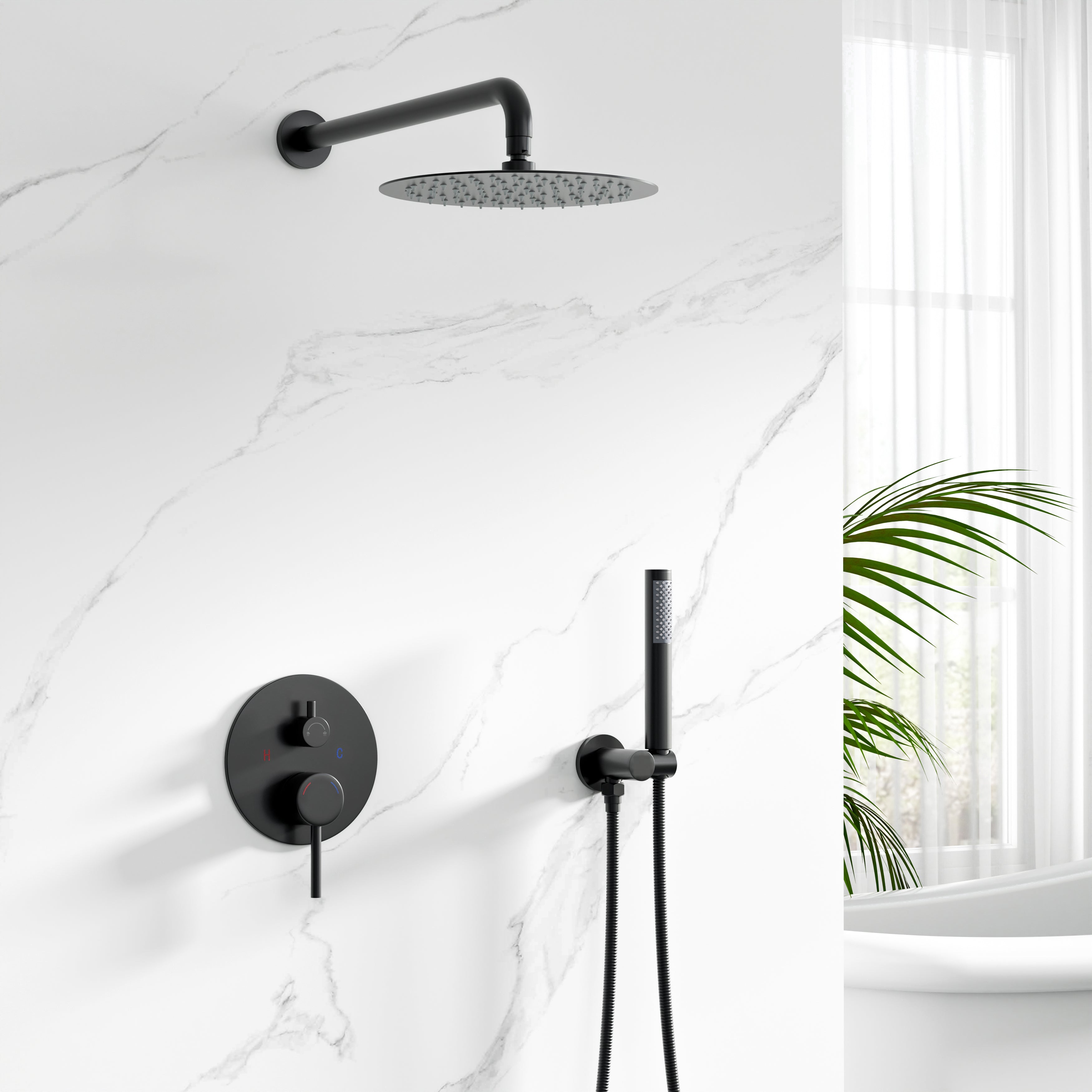
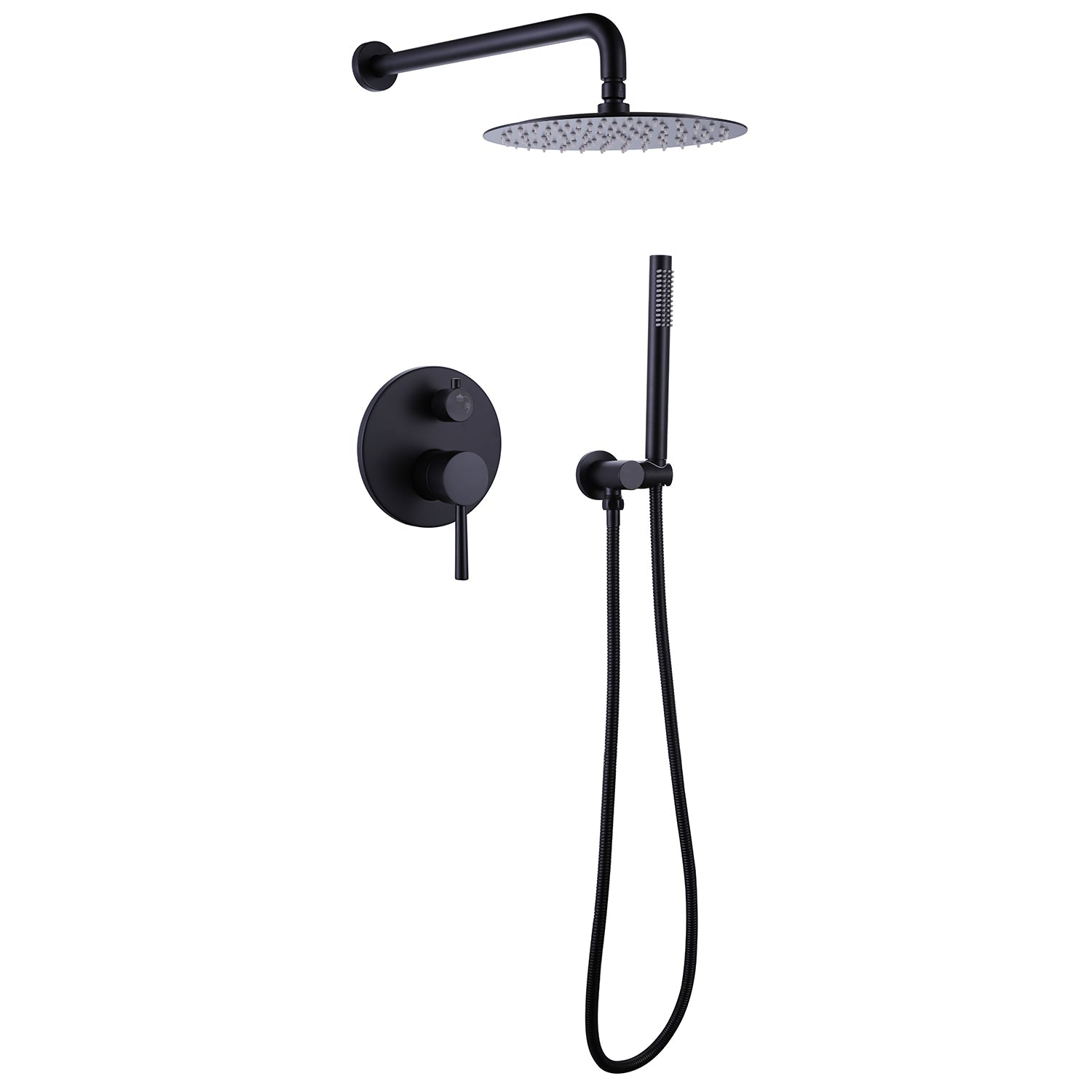




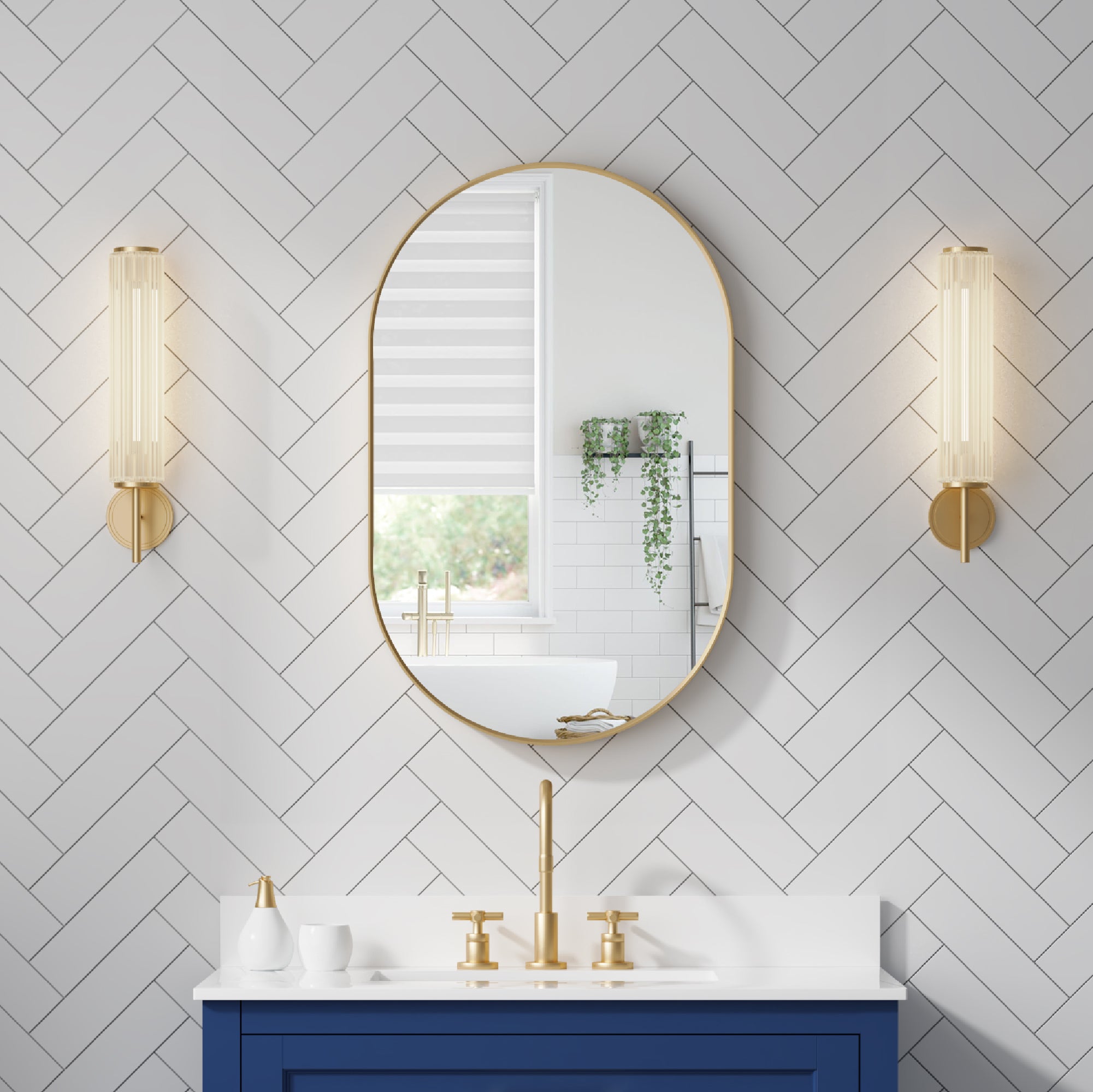
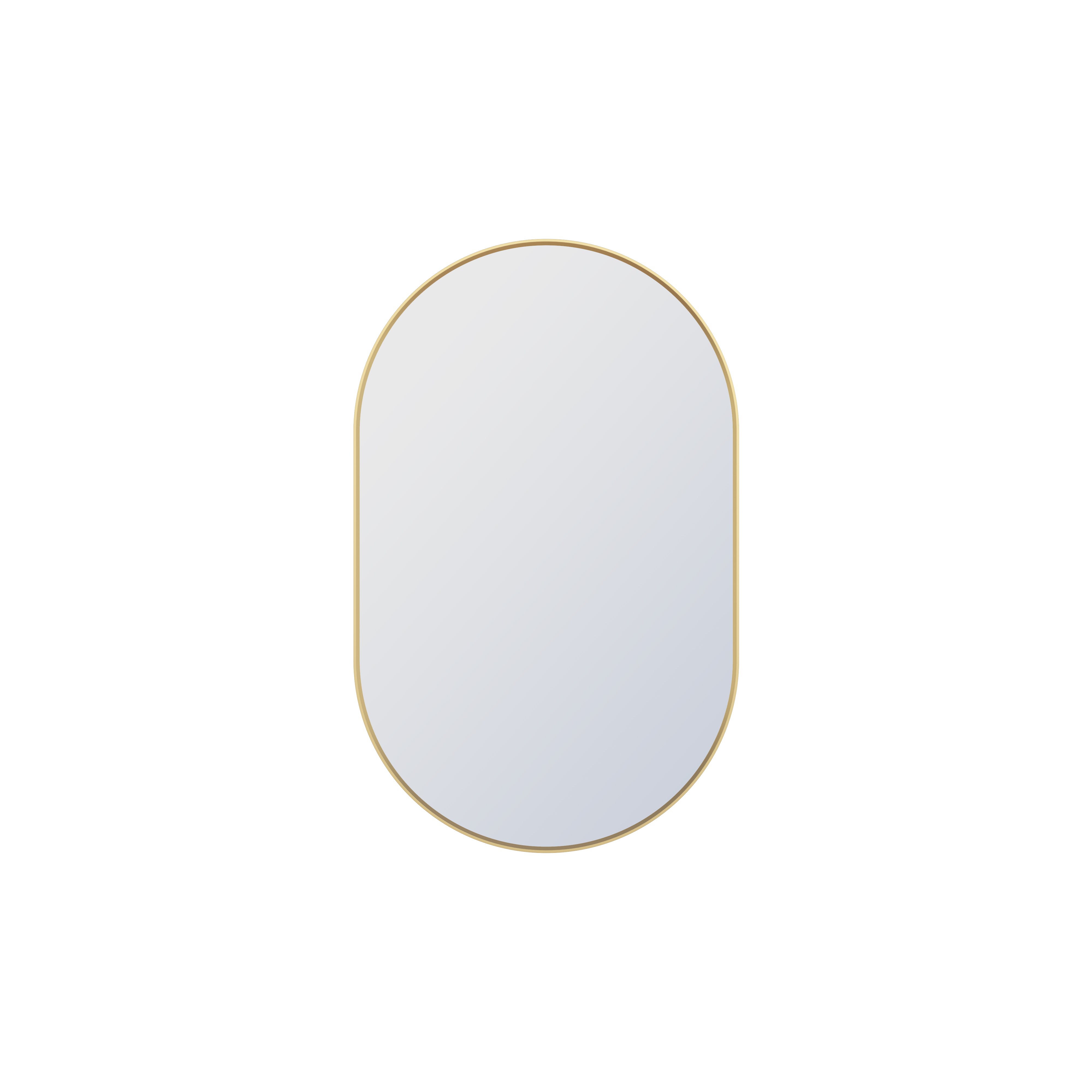

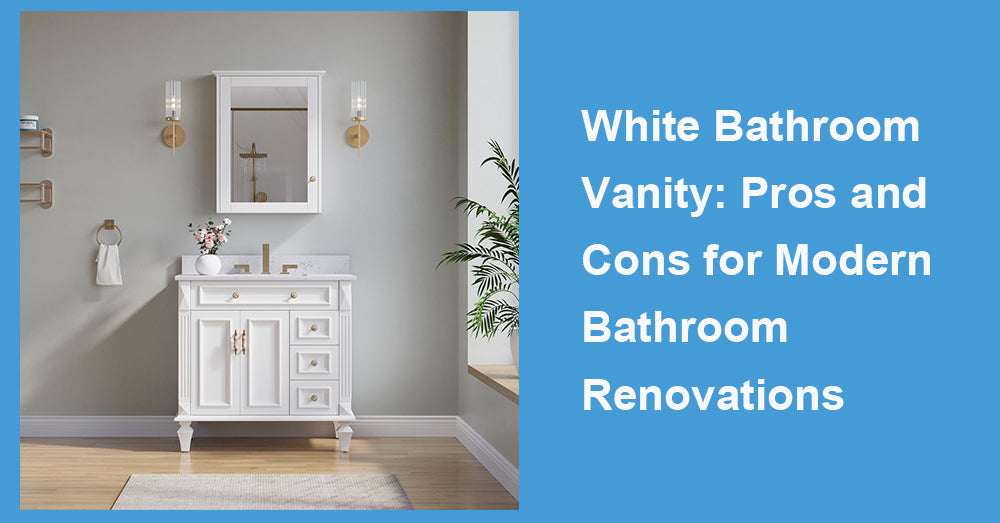
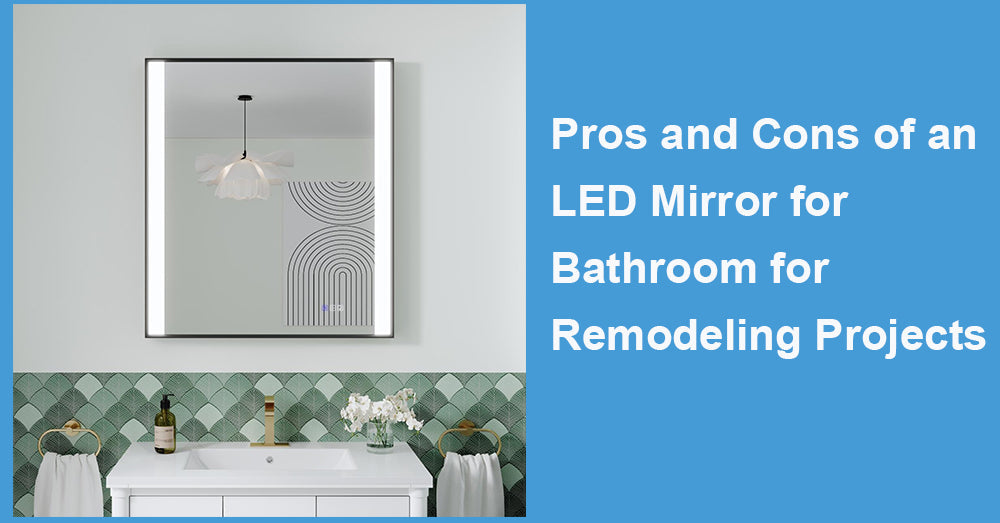
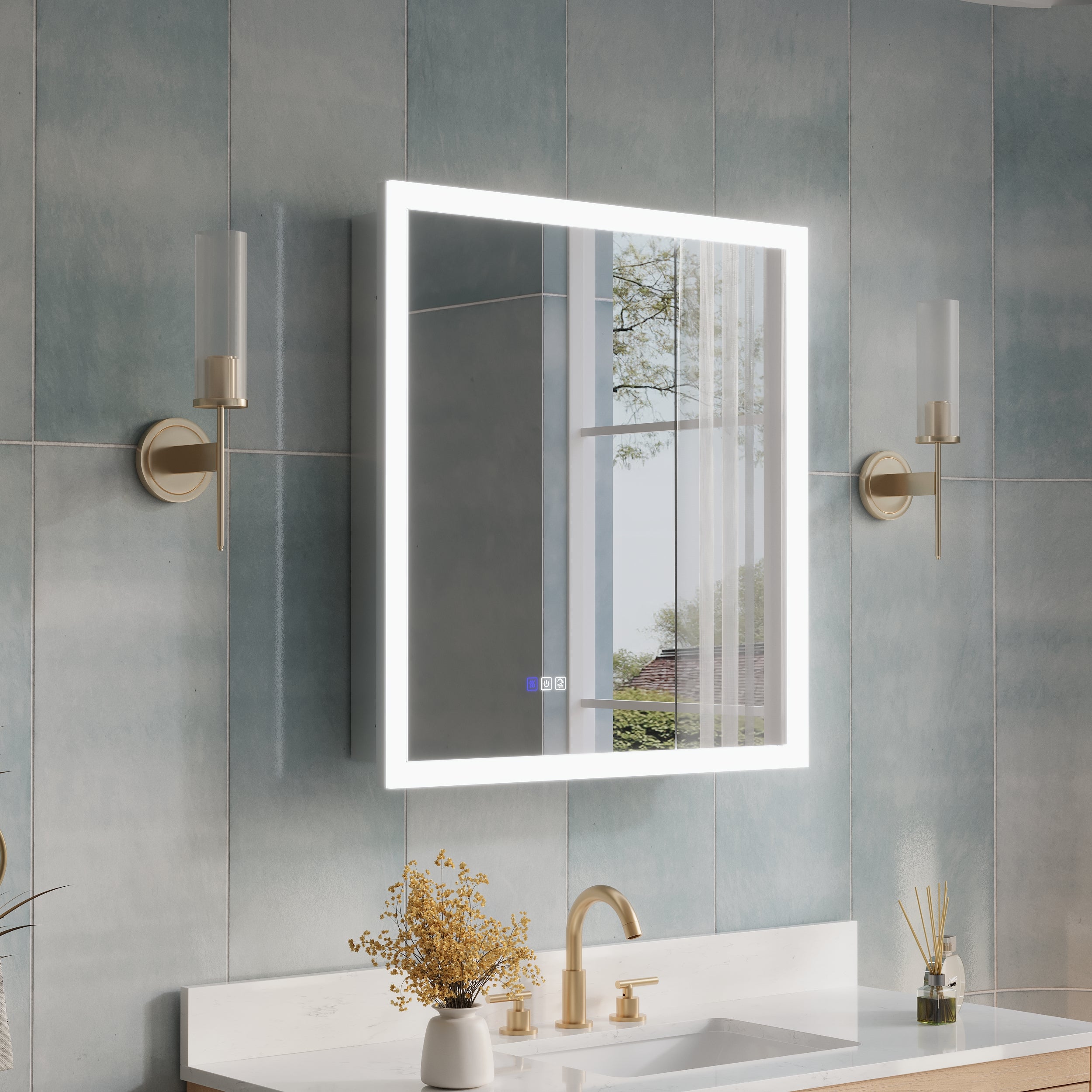
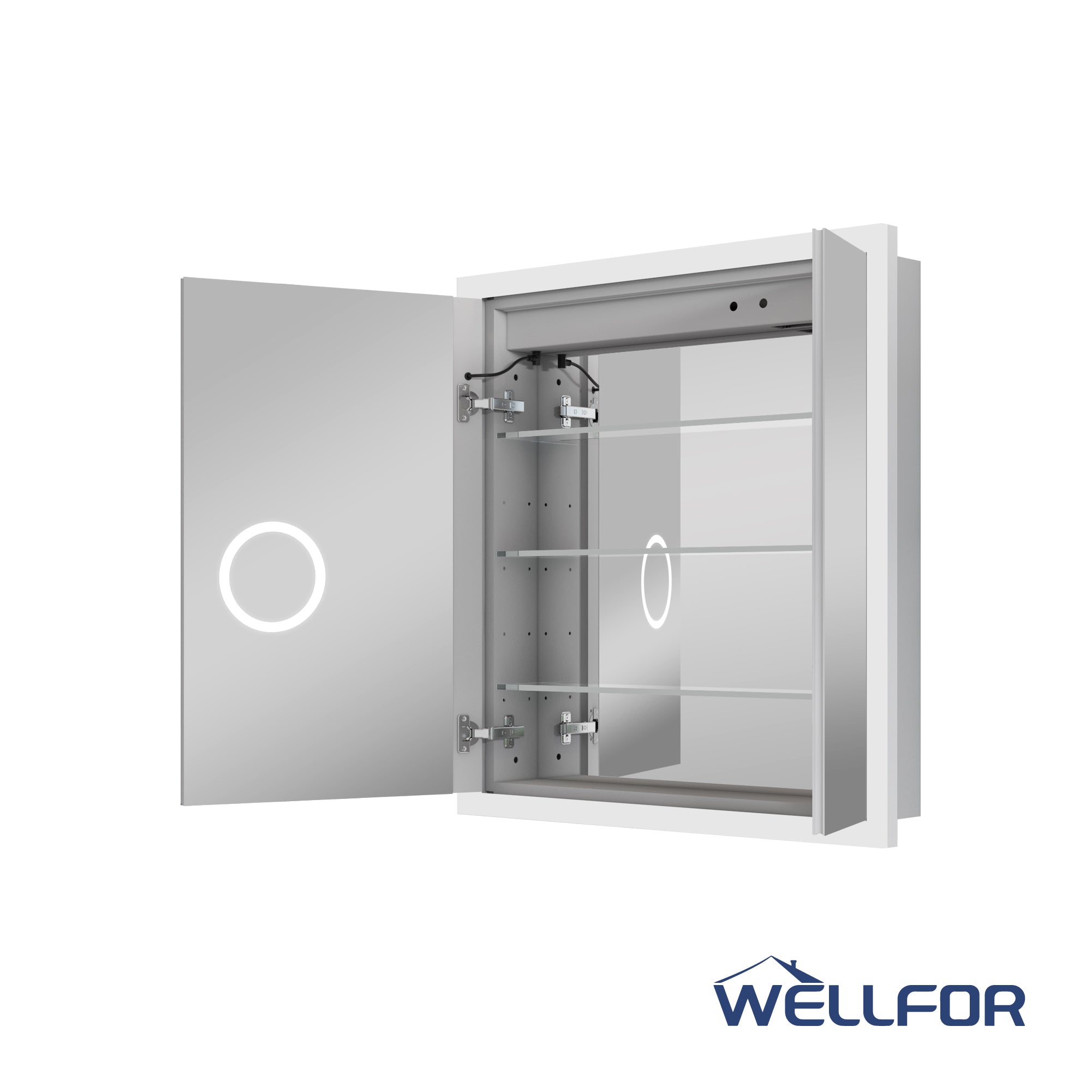
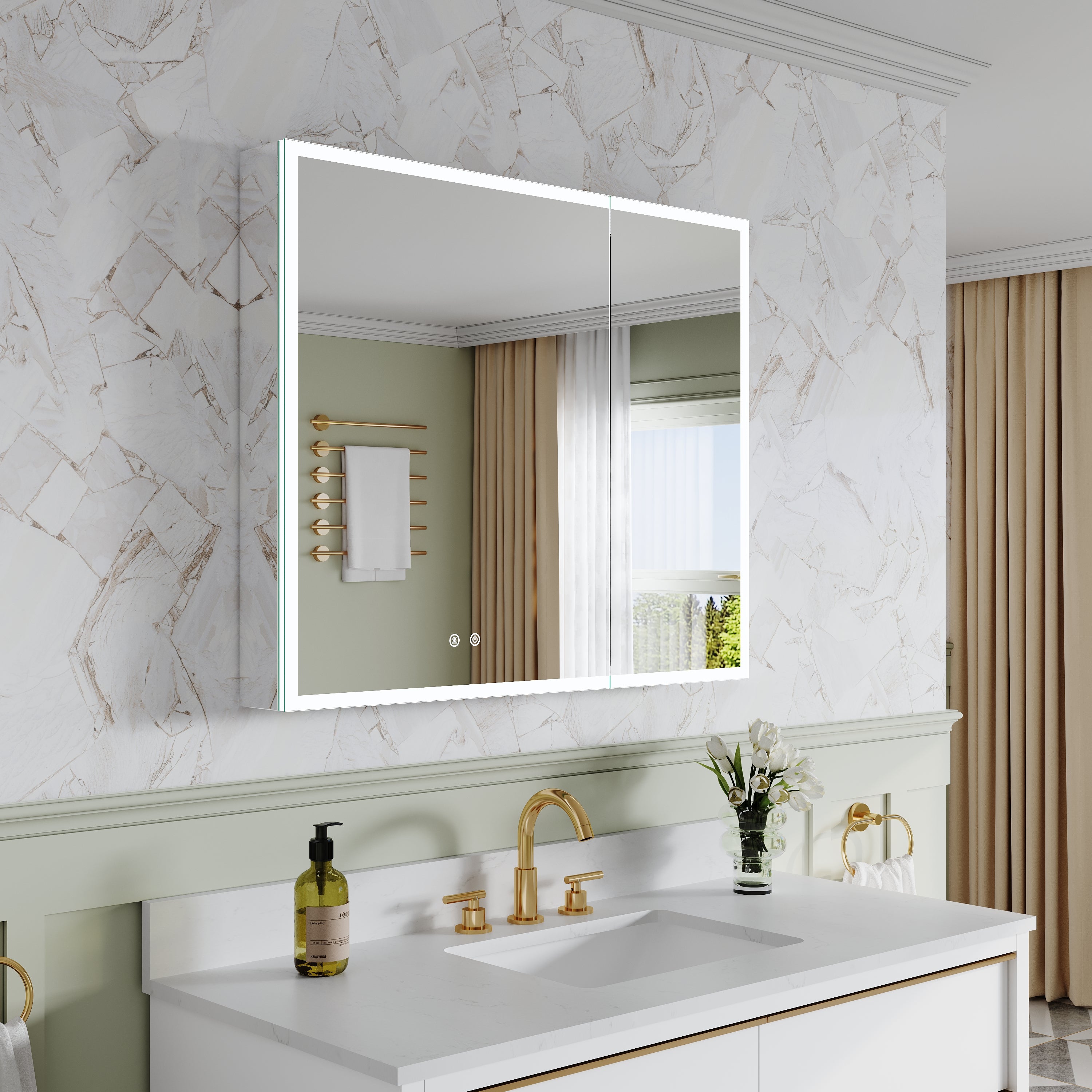
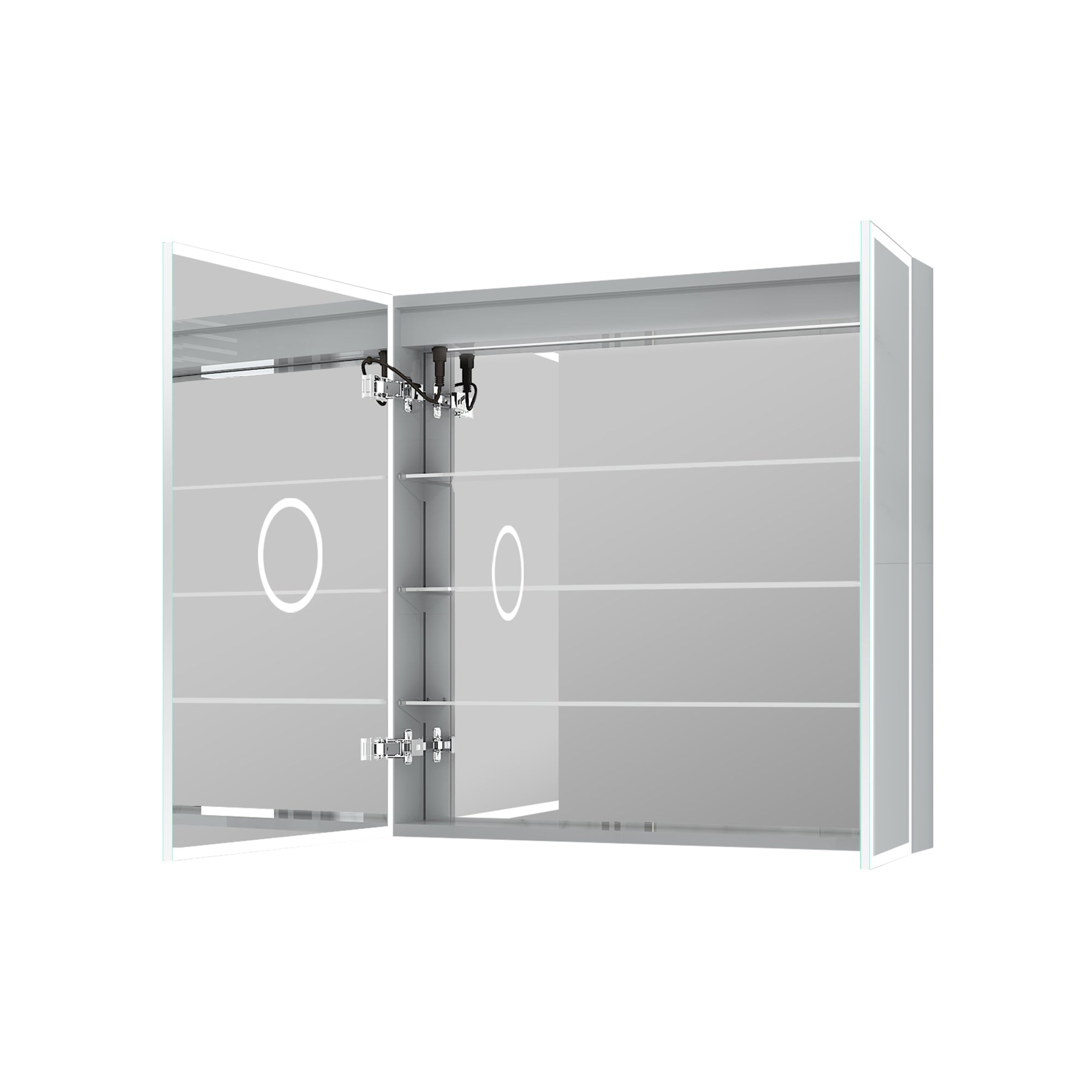
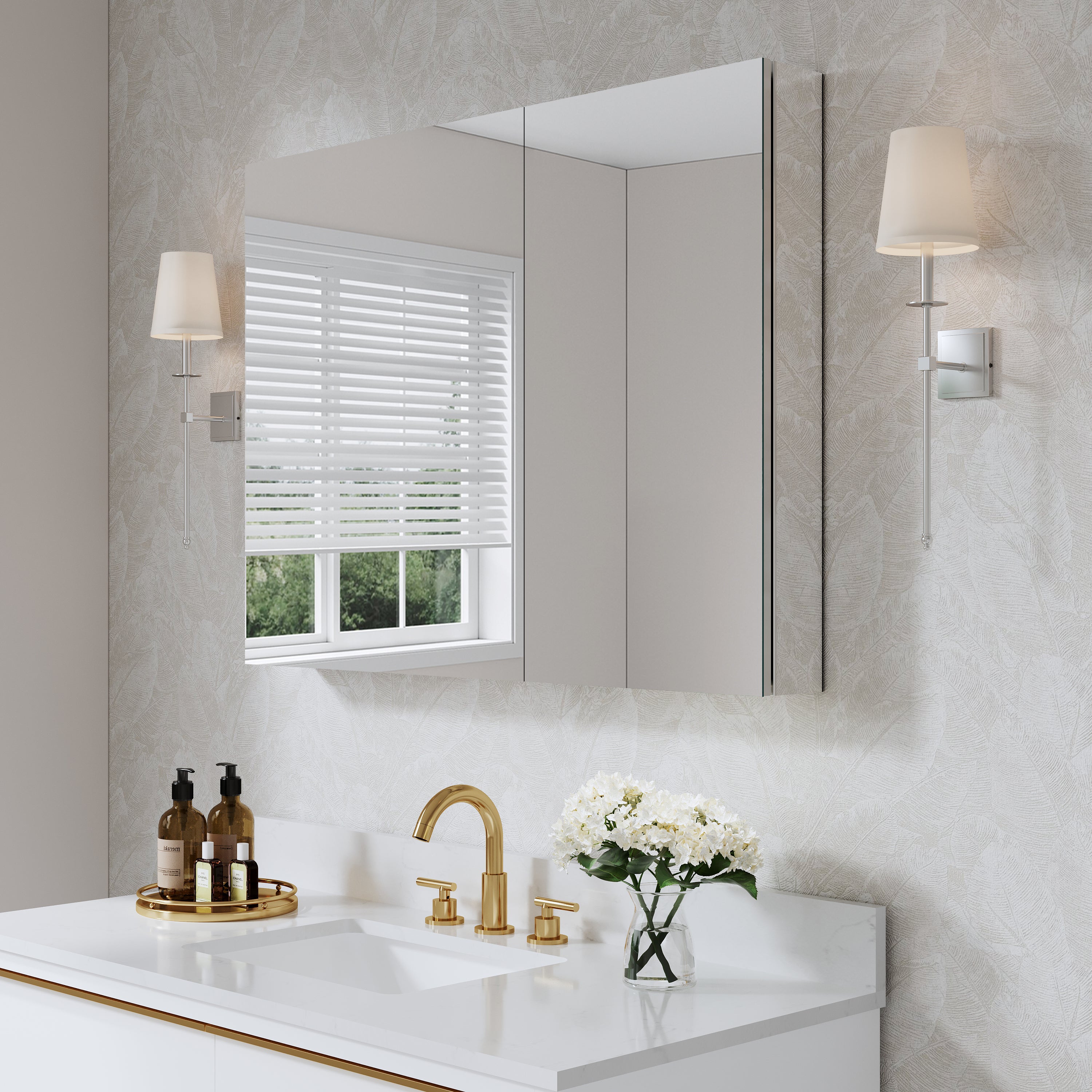

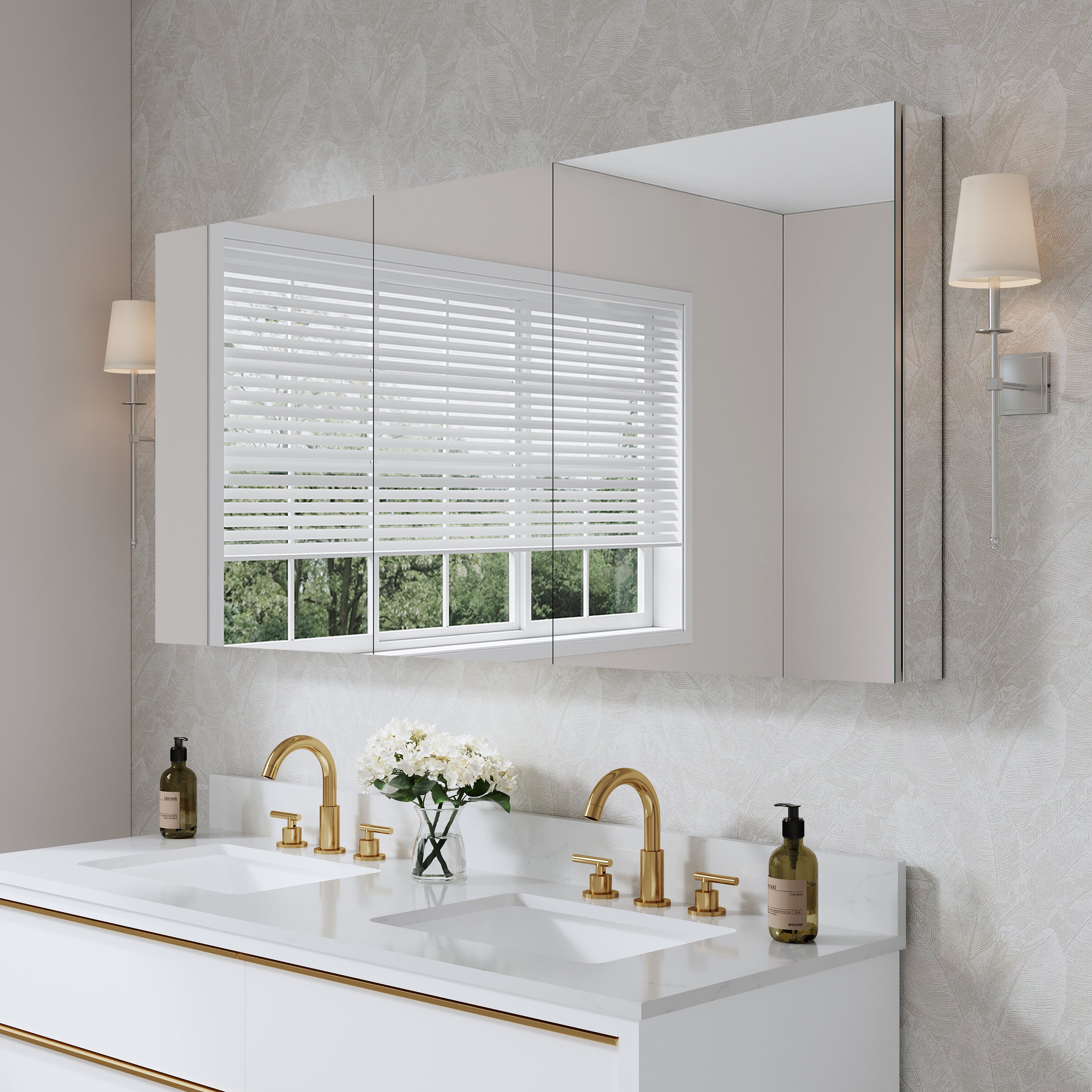

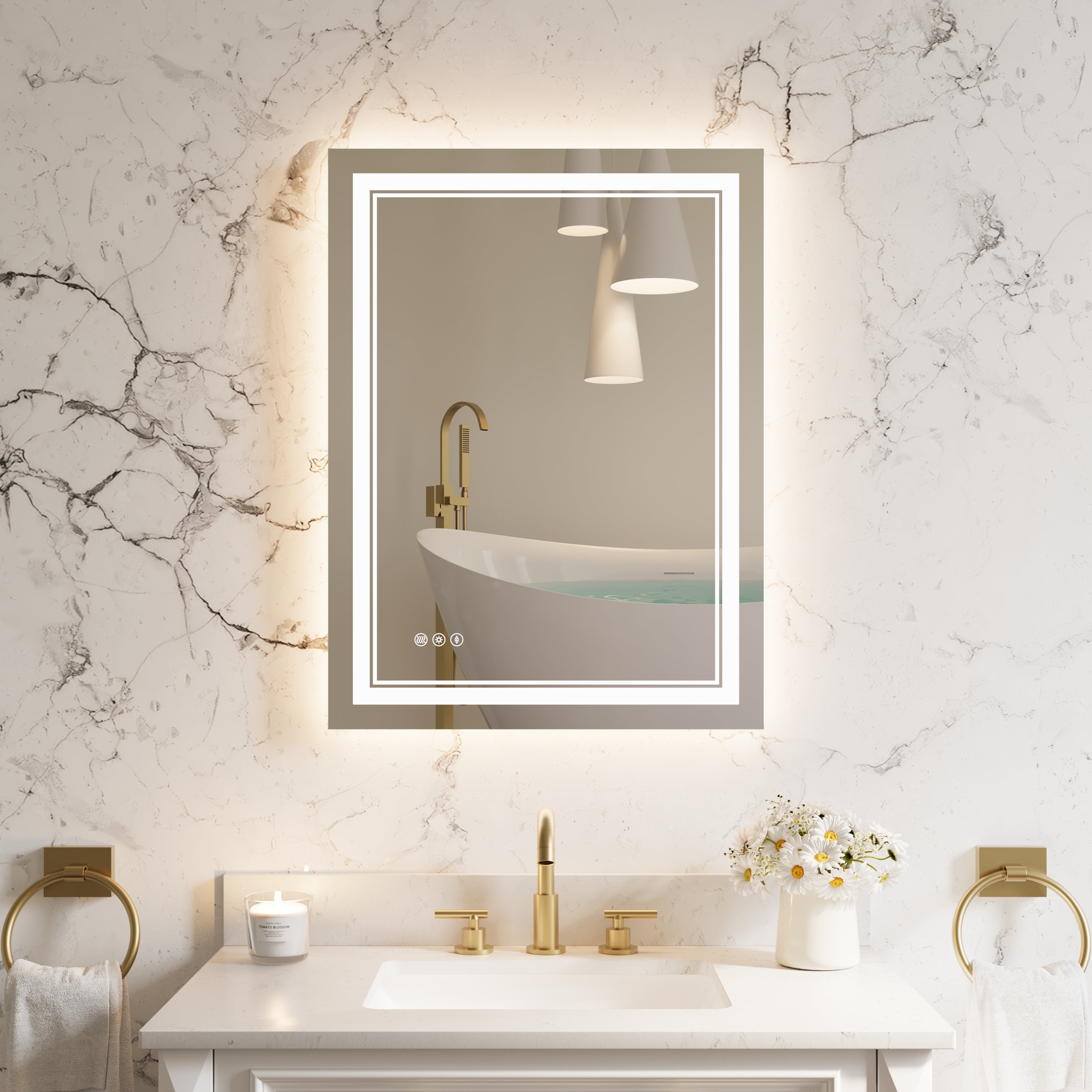
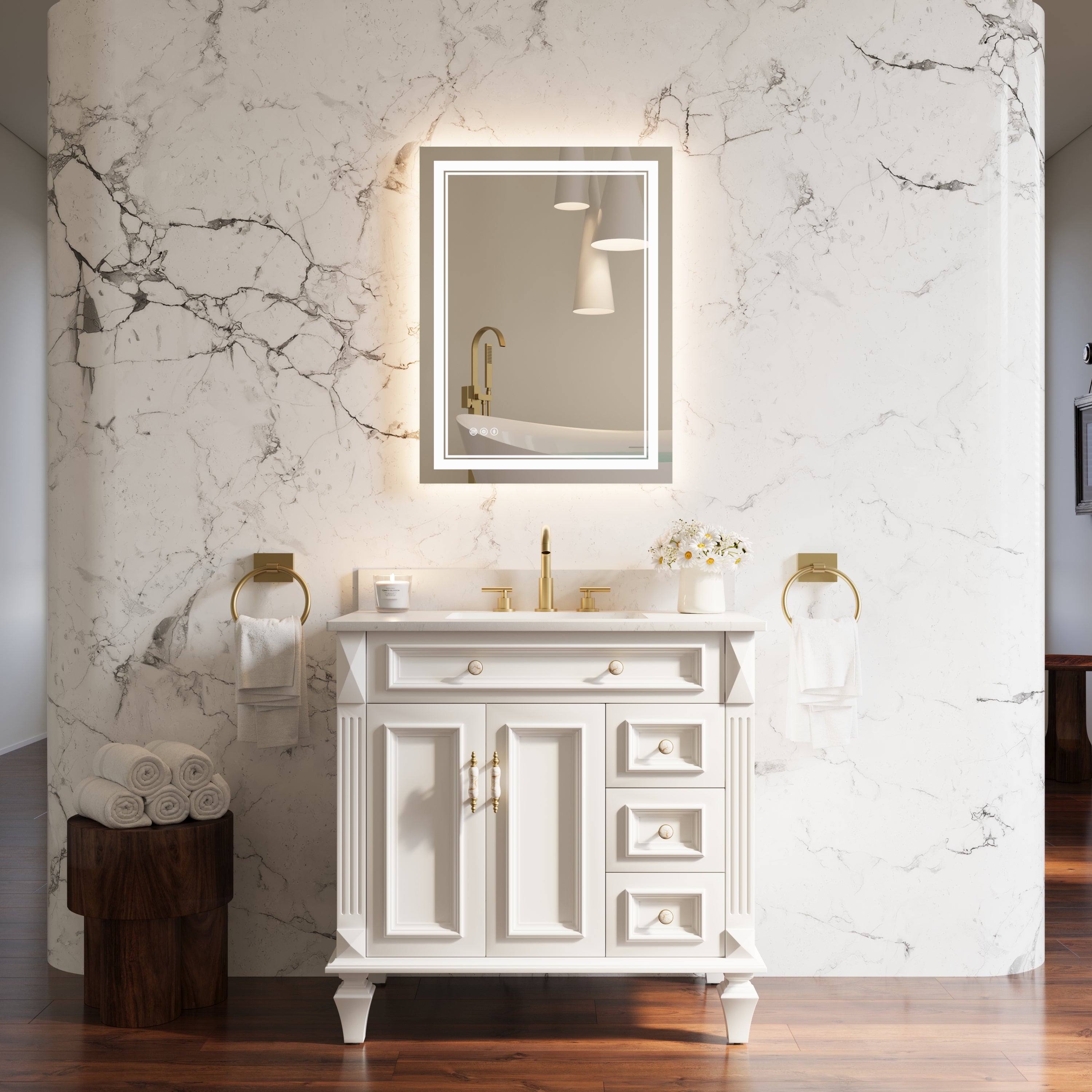
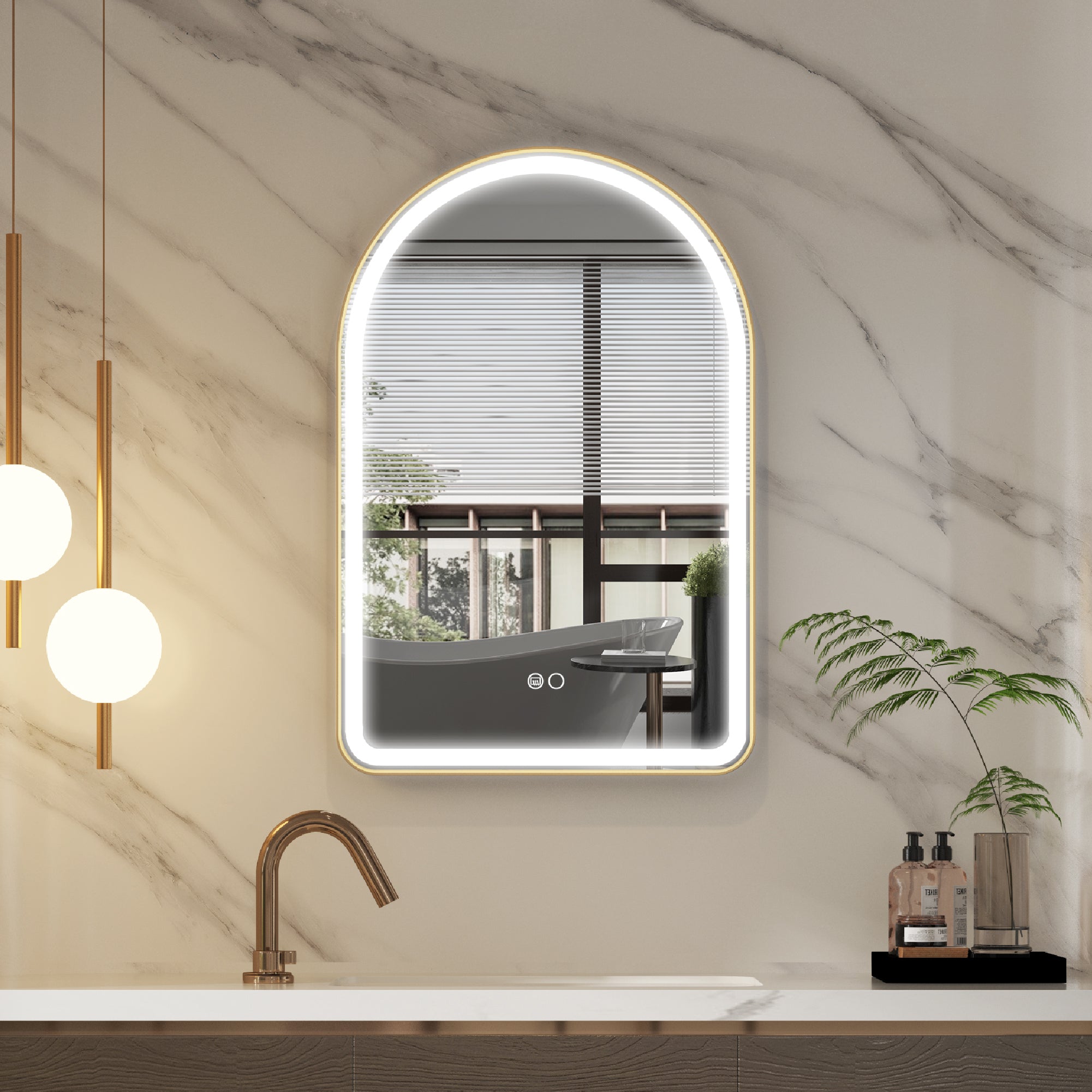
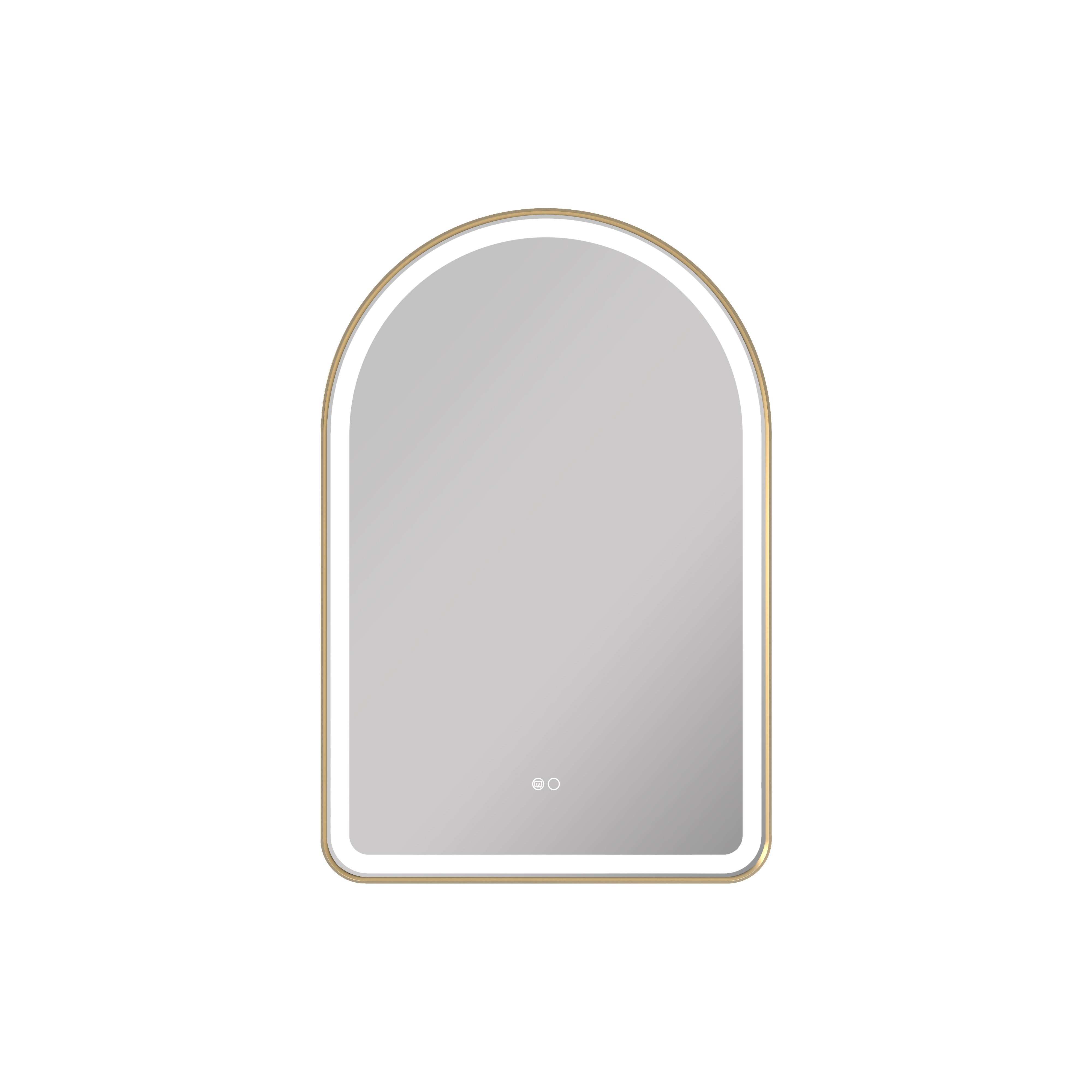


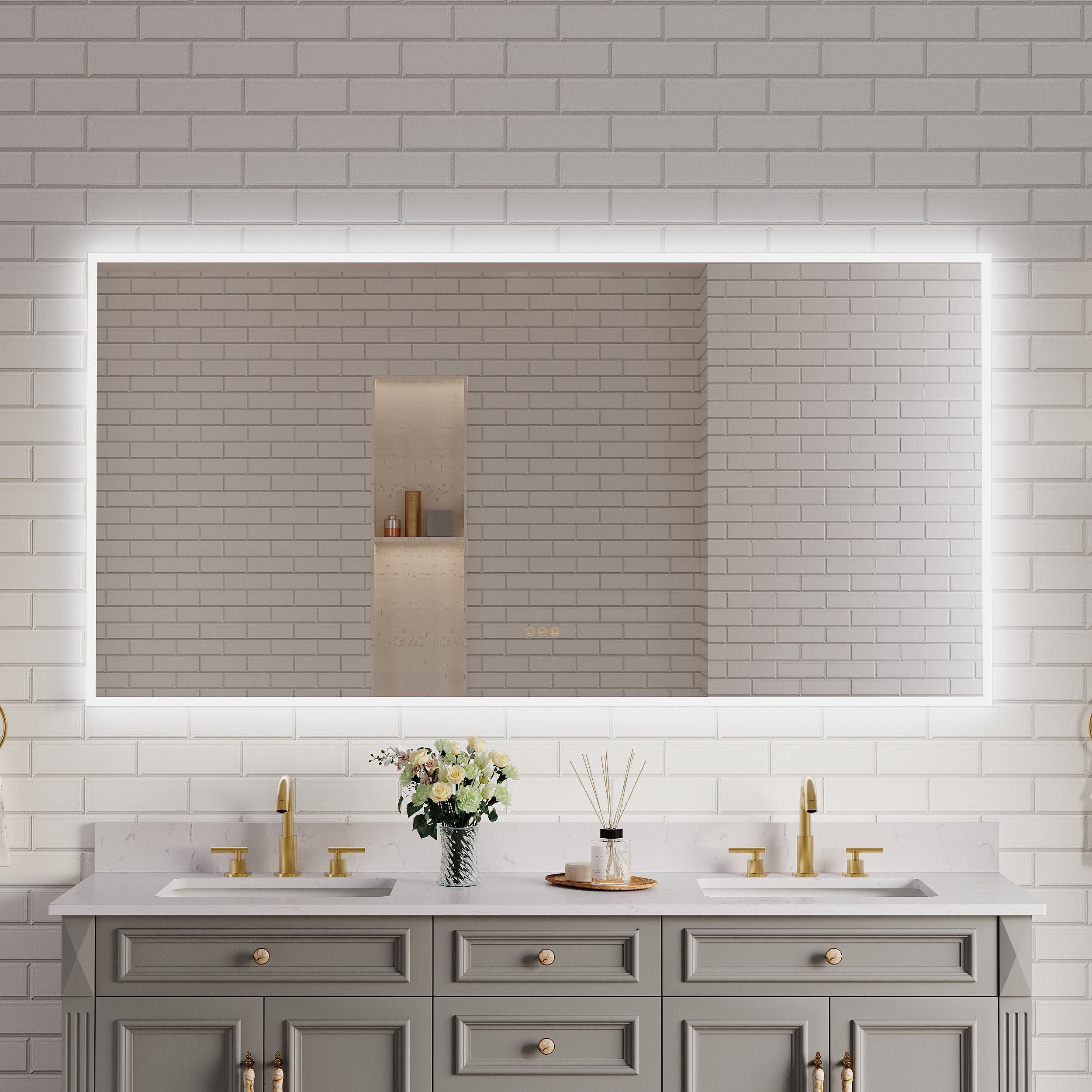





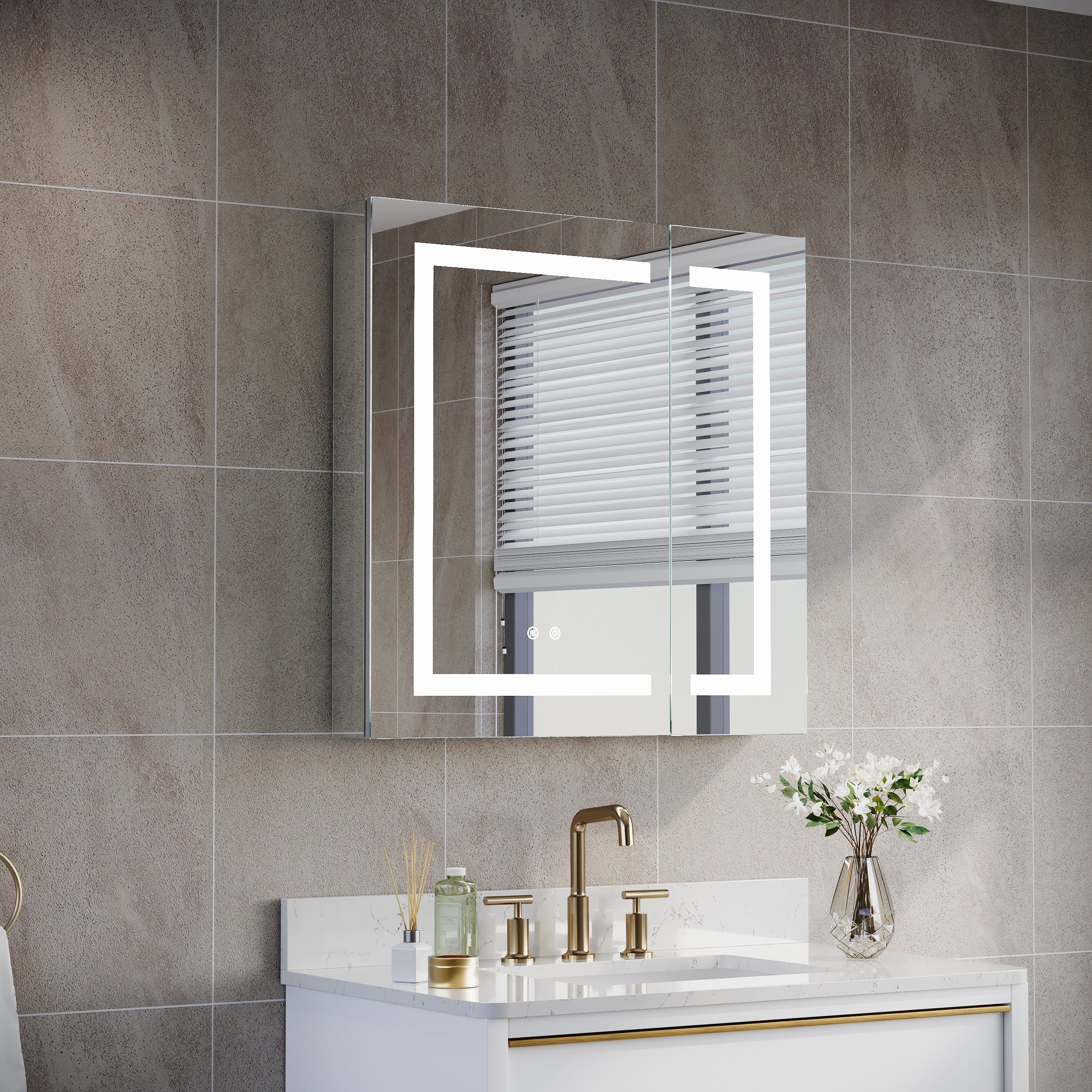
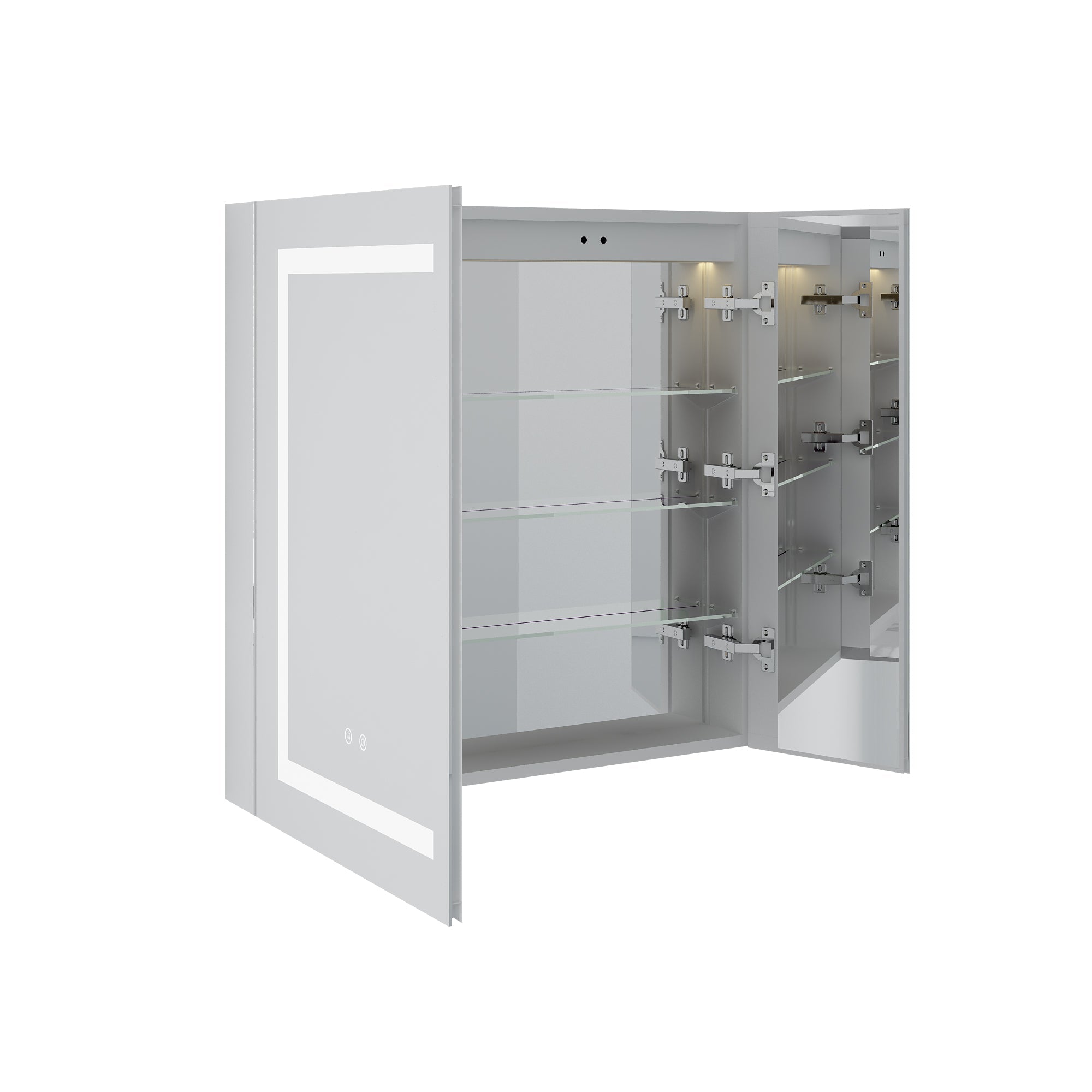




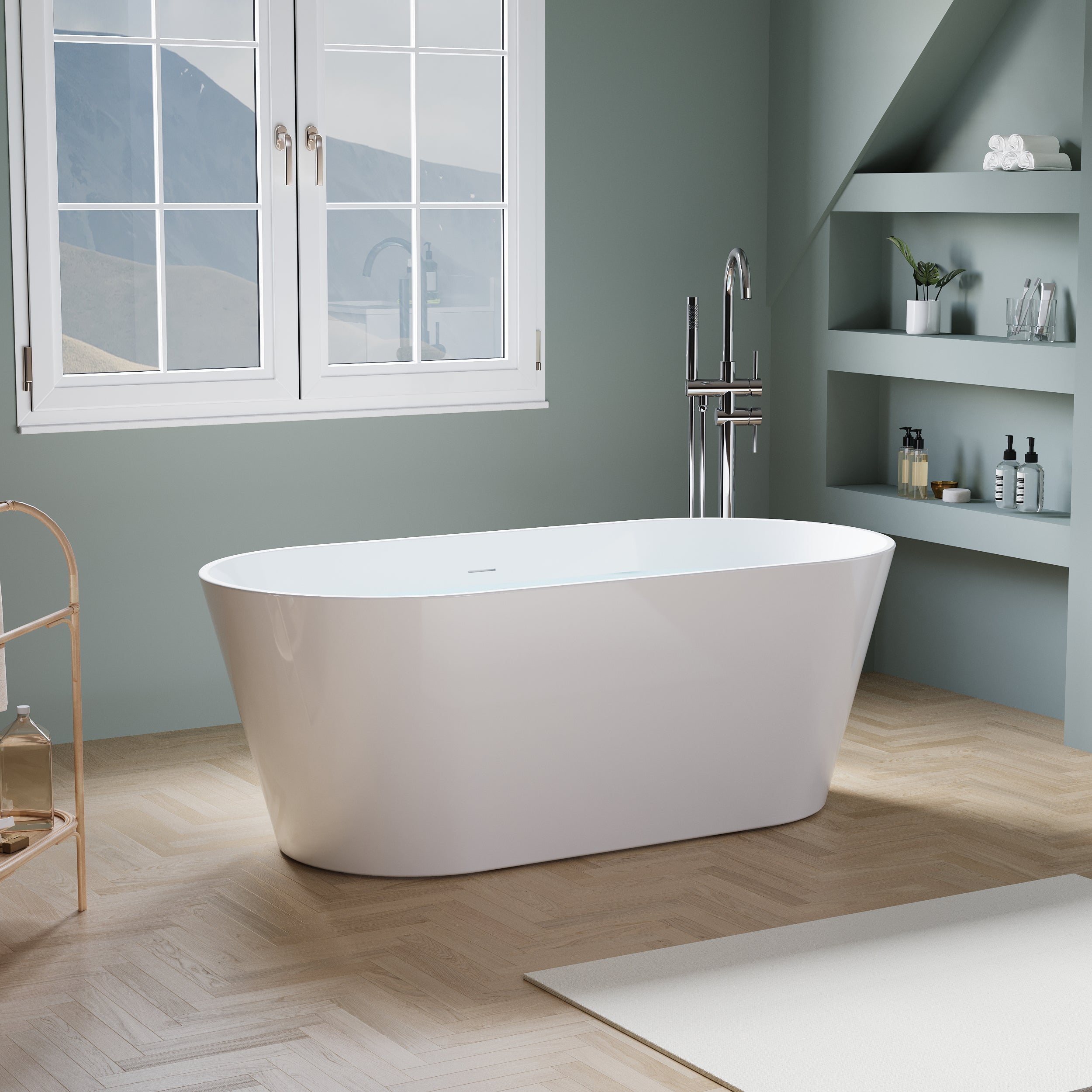
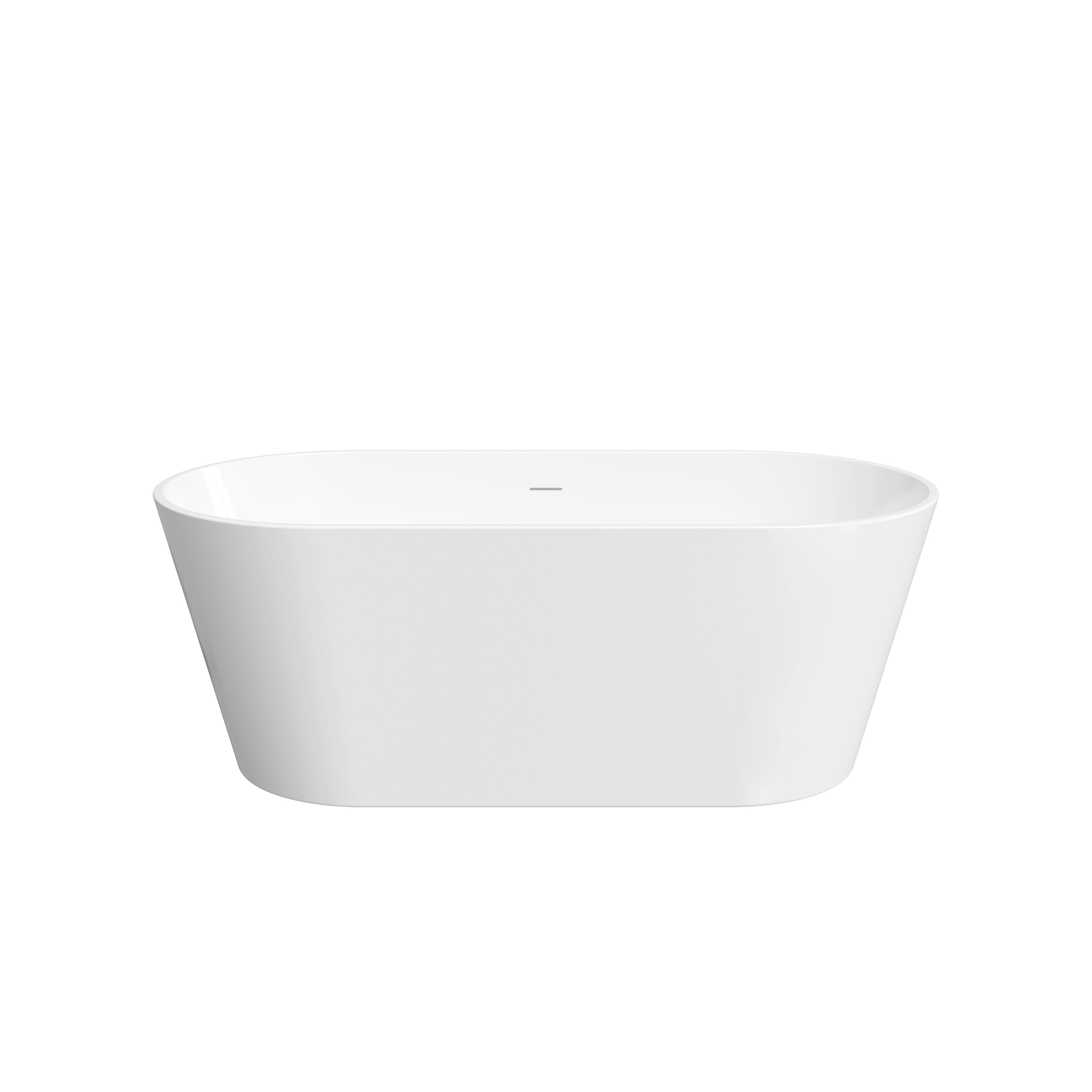


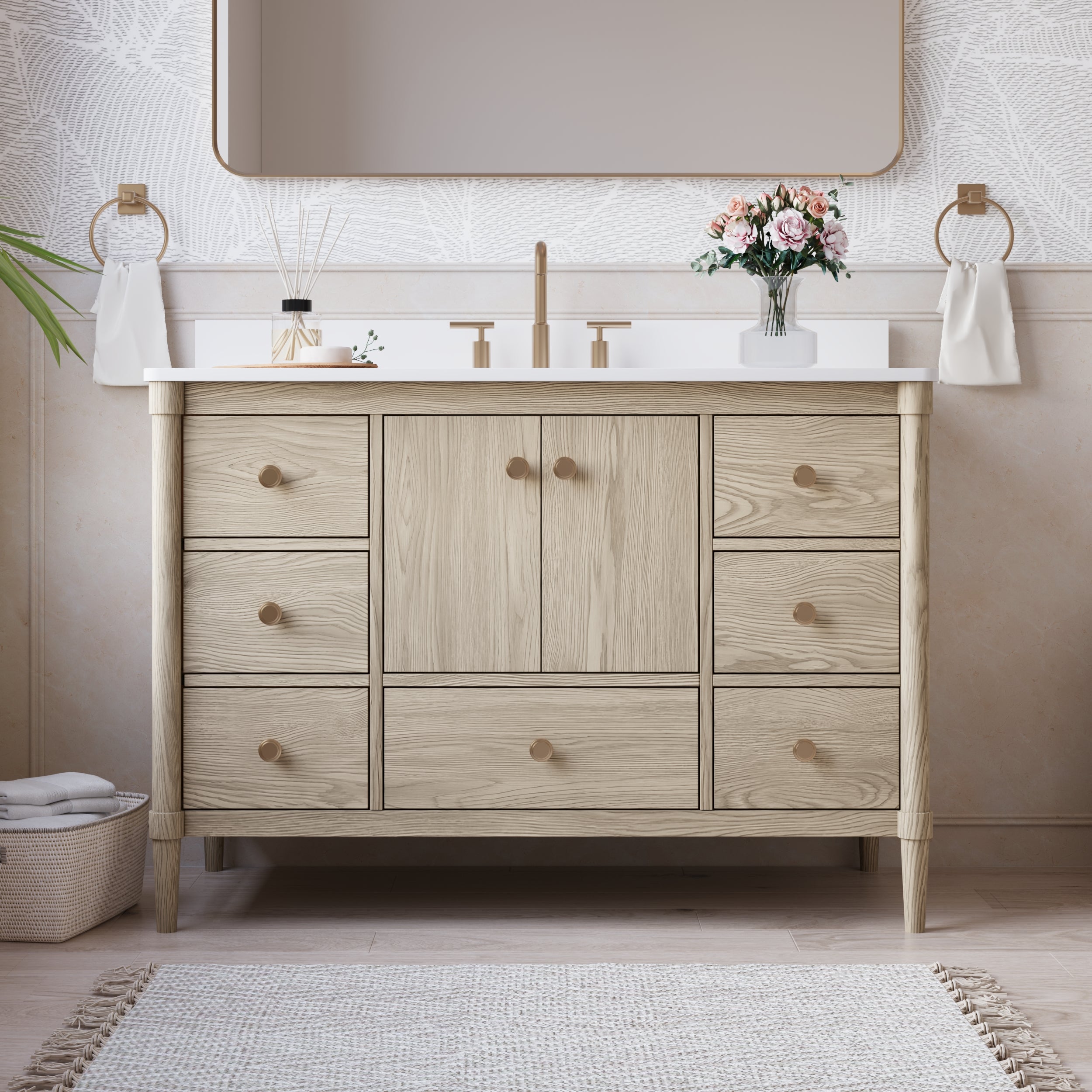
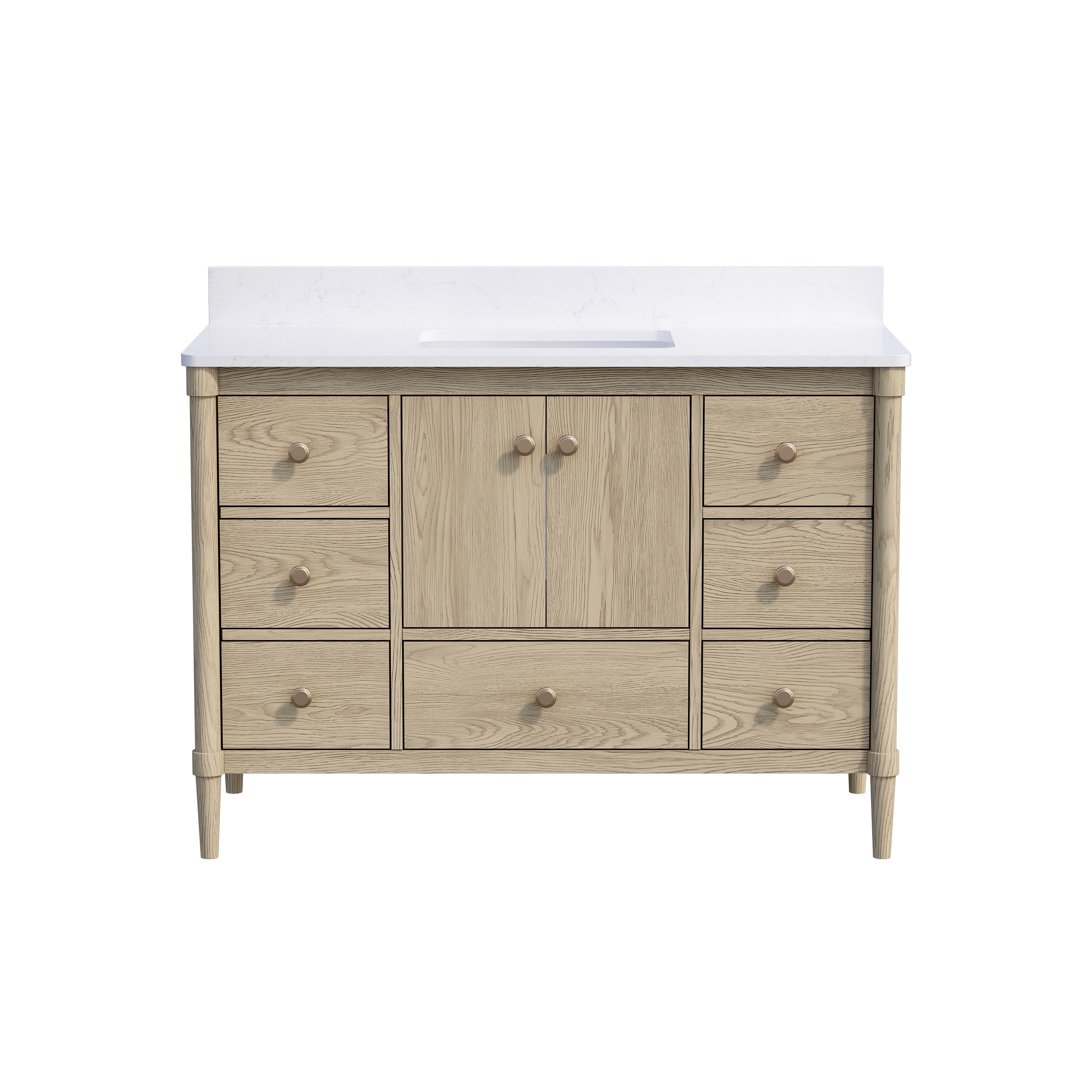
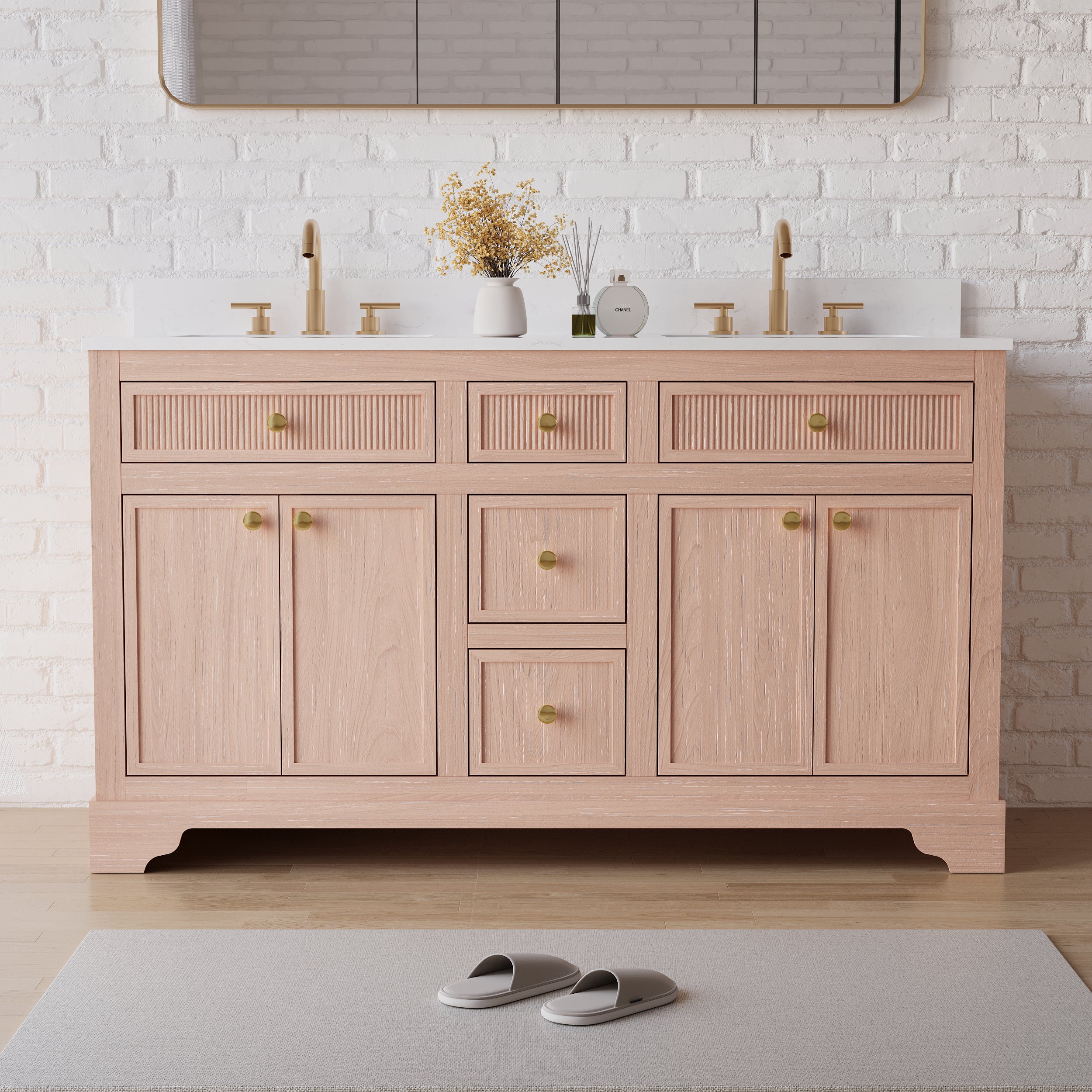
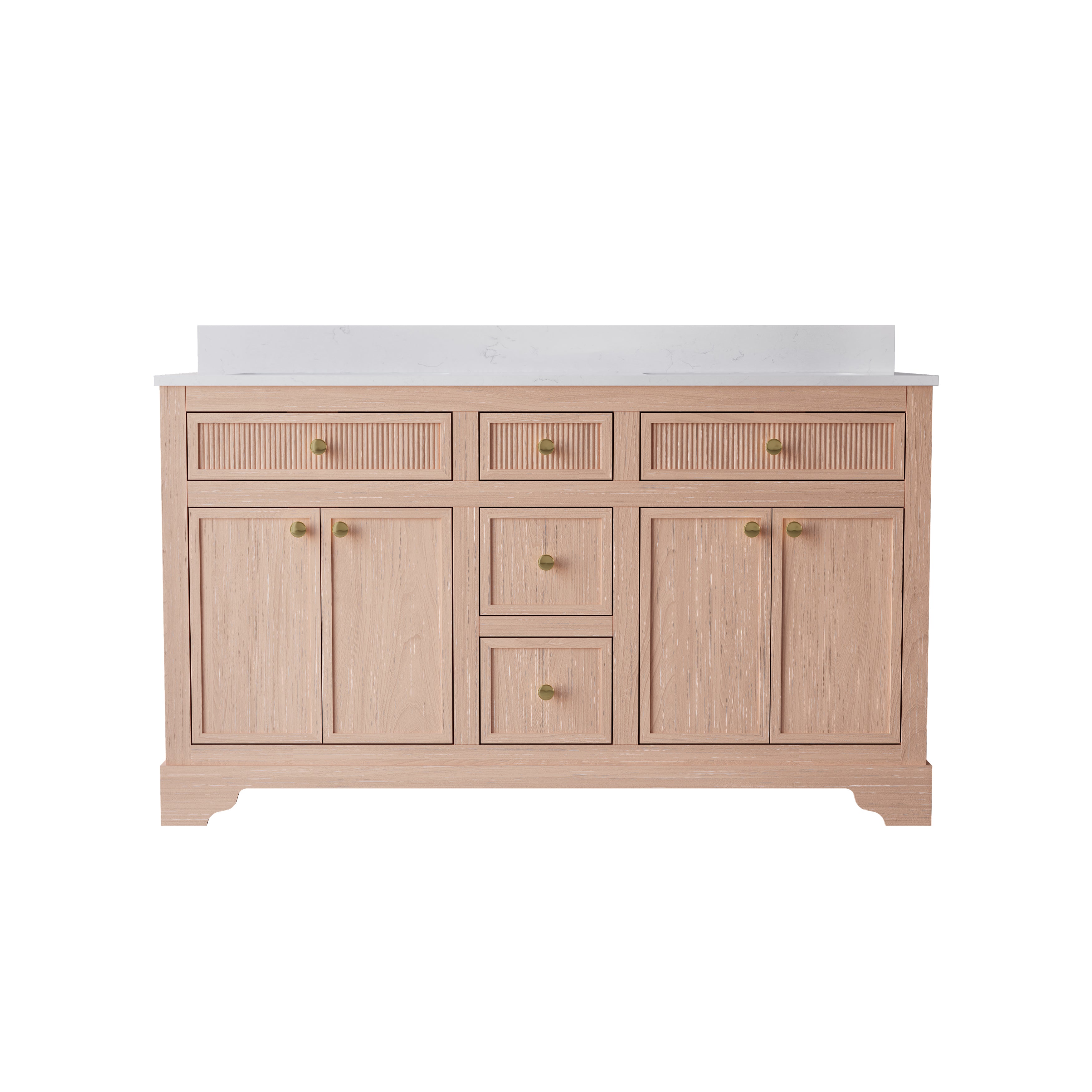
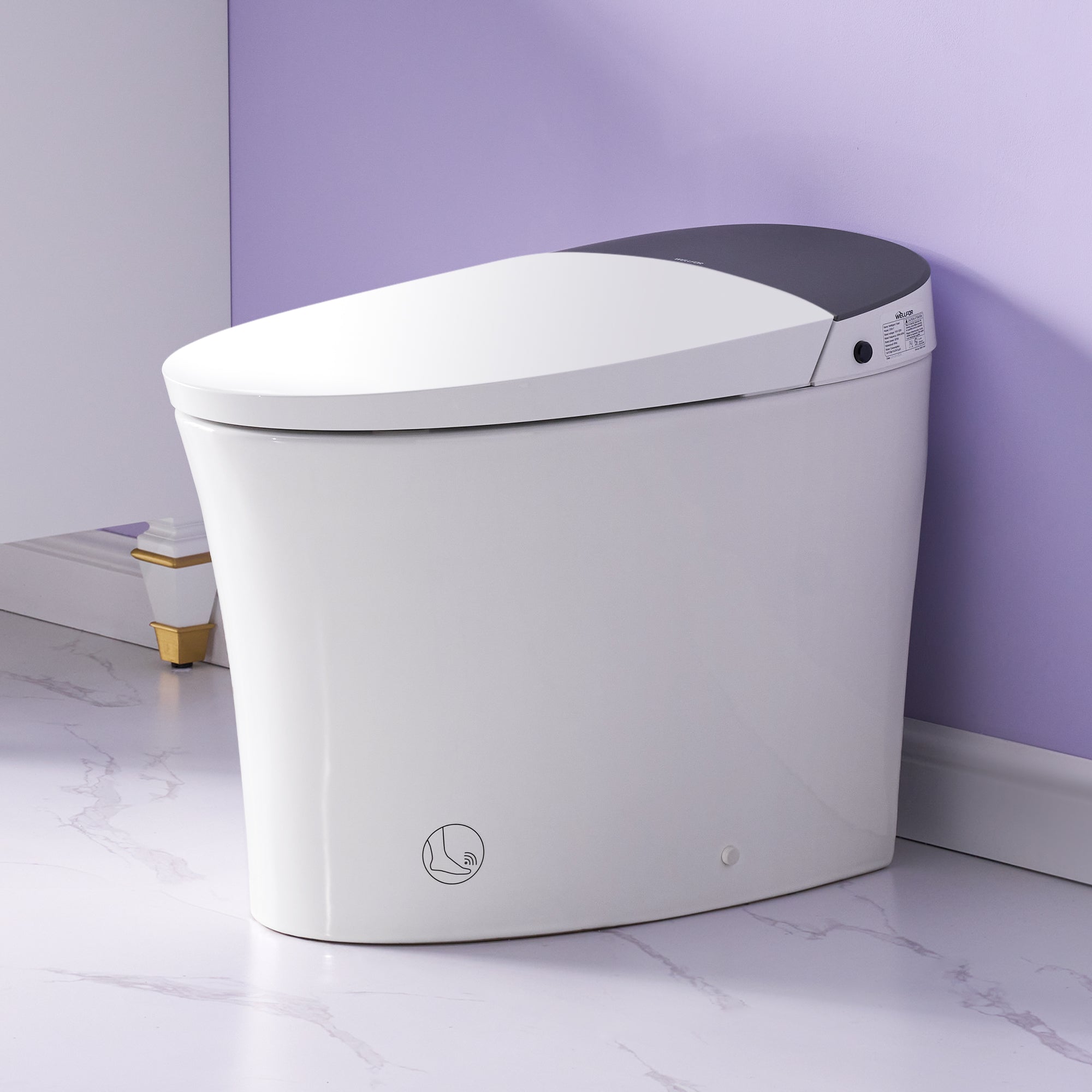
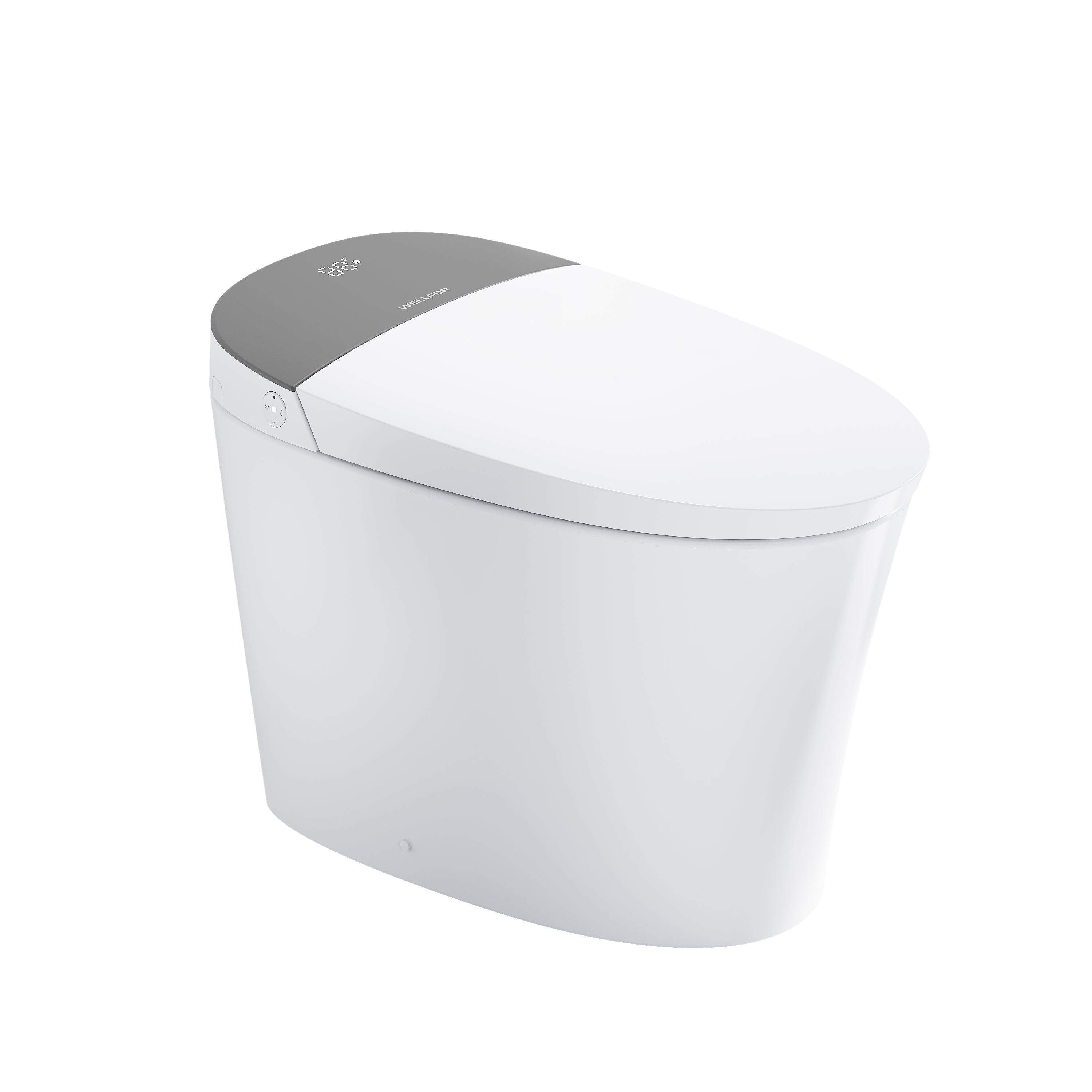
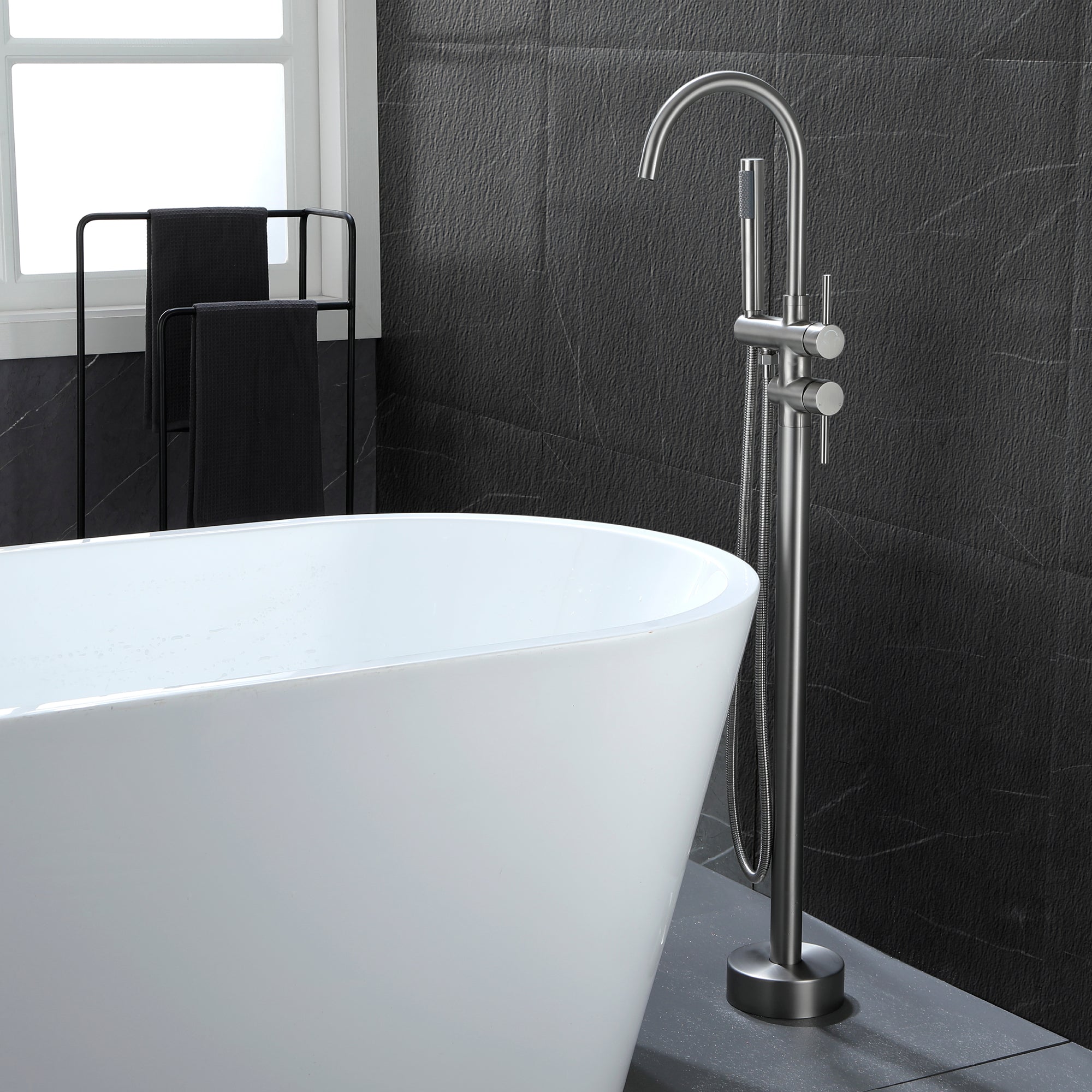

Leave a comment
This site is protected by hCaptcha and the hCaptcha Privacy Policy and Terms of Service apply.